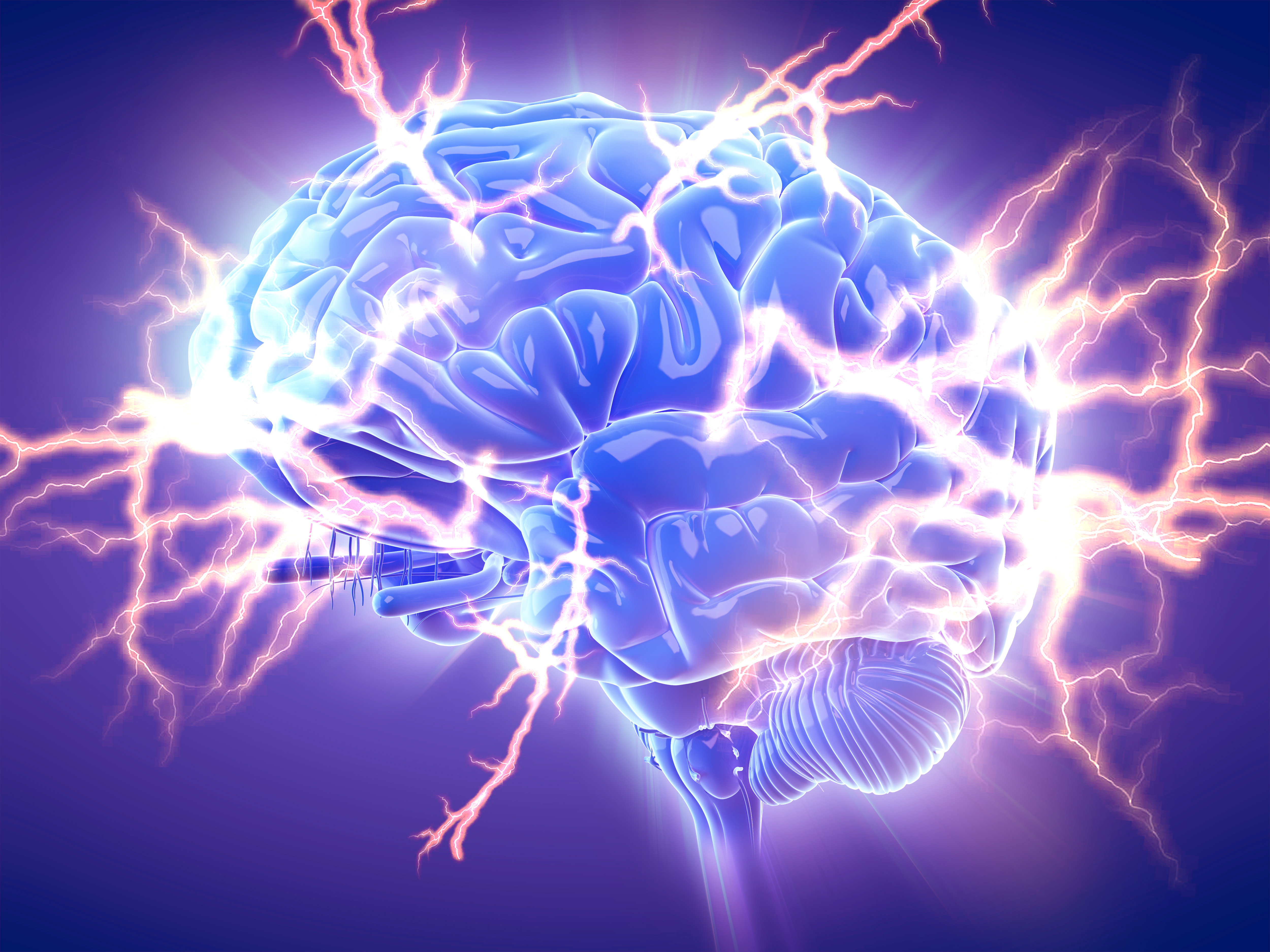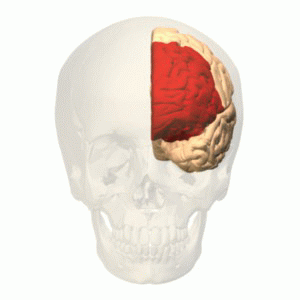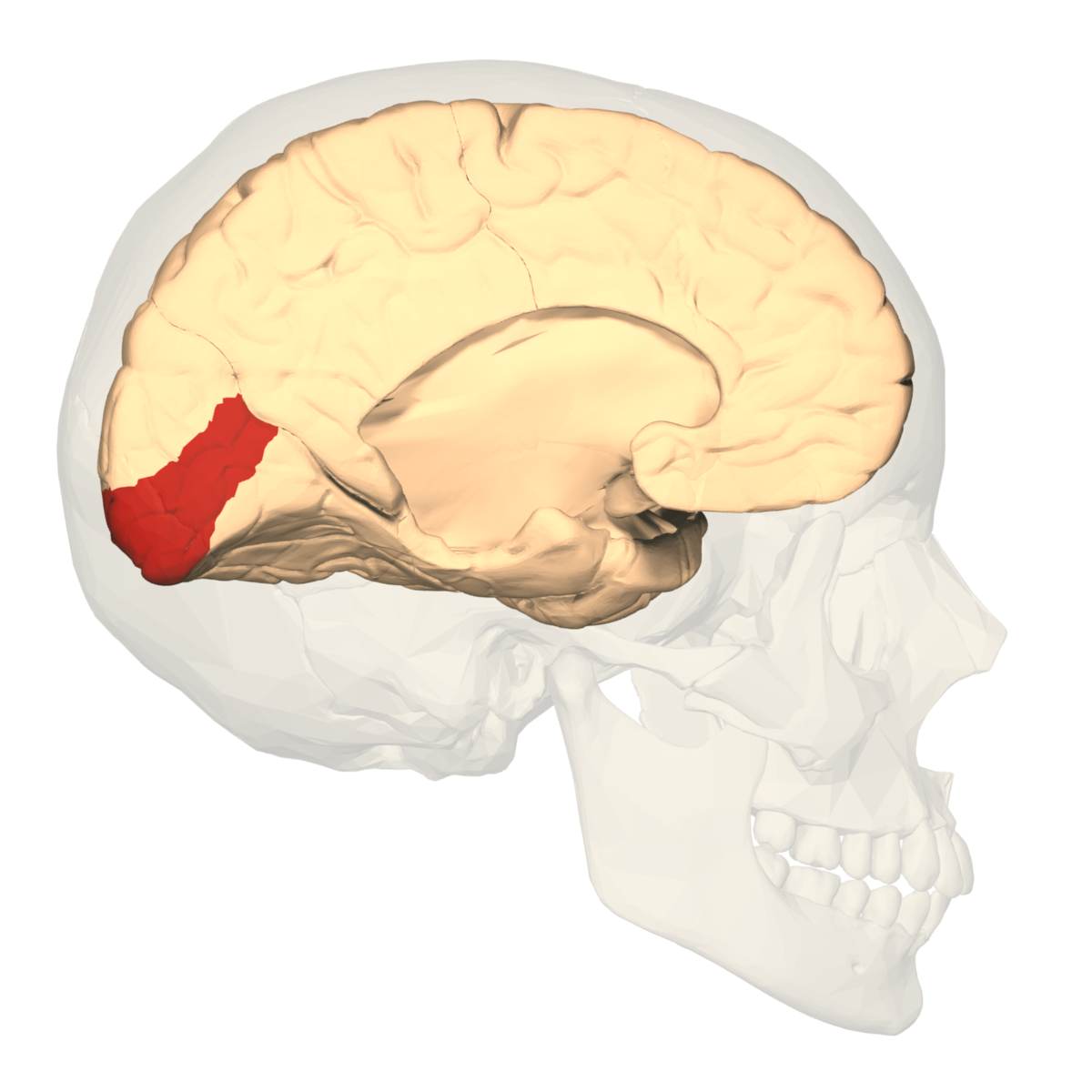Human Intelligence
—–Diganta Paul

Although the phrase “fat head” is used to mean a stupid person, we can take the phrase as a compliment from a scientific point of view because the brain really needs to be rich in lipids for the normal functioning and intelligence. Though the specification of human brain constantly changes depending on the way of living, thinking characteristics or age; it is made up of about 100 billion nerve cells or “Neurons” and a number of neuron helper cells or “Glial cells”. The neuron usually has three parts – the spherical part where the “Nucleus” is located is called the “Cell body” or “Soma”, the thin and long thread-like part is called the “Axon” and the branched extensions are “Dendrites”. The “Plasma membrane” that covers the cell body of each of the neurons of brain is made up of two layers of lipids. Lipids are also 80% of the “Myelin sheath” that covers the axons of brain’s “White matter”, neurons which are large in length and connect distant parts of brain. These facts show how thick the heads of all of us are!
Pillars of Human intelligence:
What we can do depends on how eager we are to learn about ourselves. Undoubtedly we are guided by our brains. So we can say what the brain can do depends on how much the brain is interested in learning about itself. The measure of how much a brain is interested in knowing about itself is “Memory” and “Thought”. You not only think about yourself, but in many cases you think also about other people, but we should not forget that your brain keeps others’ information in its memory along with its own information because it wants to know or learn itself better by recollecting the information as needed. You may be surprised to know that the neurons that become activated in your brain when you come to know a piece of information do not get activated again when you recollect the same information. No matter how many times you recall the same information or subject or event, it will be seen that each time the list of activated neurons includes either a new neuron or an old neuron is absent. In other words, every time you remember something, your brain finds itself in a whole new way. You might be even more surprised to learn another thing. Experimentally it has been proved that there is a little difference between remembering information already known to brain and thinking of something new. Indeed, any invention is nothing more than discovering a new perspective to think a known fact to brain. Needless to say, “Intelligence” is built on these two pillars – “Memory” and “Thought” – and this “Intelligence” is the measure of what the brain can do.
Human intelligence is basically of two kinds – “Rationality”, and “Imagination” or “Intuition” [intuition is the imagination made in a particular situation or problem]. Though it is difficult to say for sure what rationality is or to establish definite interpretations of imagination and intuition in the light of neuroscience, we can try to come up with possible explanations.
Rationality:
The “Cerebral cortex” of our brain is divided into four lobes (segments) – “Frontal lobe”, “Parietal lobe”, “Occipital lobe”, and “Temporal lobe”.
Near the “Visual cortex” in the Occipital lobe is a neural loop (a neural loop is a collection of nerve cells that carry information from one place to another in the brain in order to perform a specific task) that is used as “Short term memory” to hold visual information collected from environment through eyes. There is also a phonological neural loop that collaborates with the “Brocas area” located in the Frontal lobe and acts as “Short term memory” of sound and language (auditory information) collected from environment through ears. In this context, let me explain what “Short term memory” is. To understand the meaning of the sentence you are reading now, you need to remember the beginning of the sentence as you read the last part of the sentence, and your brain’s Short term memory helps you to do that – Short term memory holds a few information for a short duration (10 to 15 seconds or sometimes 1 minute).
Visual information that brain collects in “Visual short term memory” through eyes gets resolved into two components – “Spatial visual information” and “Temporal Visual information”. Similarly brain receives auditory information in “Auditory short term memory” through ears and resolves it into – “Spatial auditory information” and “Temporal auditory information”. Now question is how brain resolves collected visual or auditory information into its spatial component and temporal component. We need to get idea of “Brain wave” to understand that. When we recollect or ideate something, a number of neurons of our brain get excited in a sequence. The neurons of our brain also have been observed to get excited rhythmically, the rhythmic excitation of a couple of neurons is called “Brain wave”. Different types of brain waves have been discovered so far and “Gamma brain wave” is one of them. When we are awake, the Gamma brain wave flowing through the neural loops connecting the “Cerebral cortex” and “Thalamus” of brain gives brain the sense of spatial components in the collected information. Gamma brain wave also flows through the neural loops which connect “Cerebral cortex” and “Midbrain”, and helps brain to find the temporal components in the visual or auditory information collected from environment.
The spatial components of the visual information collected in the previously mentioned Visual short term memory come to “Ventral intraparietal area” and ”Lateral intraparietal area” for encoding. The central executive part of the “Prefrontal cortex” located in front of the Frontal lobe of the Cerebral cortex receives the encoded form of spatial visual information from “Ventral intraparietal area” and ”Lateral intraparietal area”. Moreover, the central executive part of the Prefrontal cortex collects the encoded form of spatial auditory information from “Primary auditory cortex” and “Caudal auditory belt and parabelt” which fetched spatial auditory information from the above mentioned Auditory short term memory to encode. The central executive part of the Prefrontal cortex collects all these encoded spatial audio-visual information, uses them as search criteria, and retrieves a lot of encoded information from “Declarative long term memory”. Then it decodes all the retrieved information. This series of tasks of brain to process spatial components of environmental information and utilize the same is called “recollection on the basis of causality”. If the decoded information again gets encrypted for use, the whole process is called “causality based ideation” [so any ideation or new thought of a brain is the encrypted form of its memories]. What we call “Rationality” means both the “recollection on the basis of causality” and “causality based ideation”.

Difference between Encoding and Encryption:
Now it is important to understand the main differences between “Encoding” and “Encryption”. Information is encoded so that almost all consumers can decode it but information is required to get encrypted only when certain consumers are allowed to understand that information. Apart from the target consumers, if anyone else tries to decrypt the information to understand the same, it may be time consuming. Evidence can be found in the history of the “Special Theory of Relativity” theory. The encryption from which the theory originated in the brain of scientist Albert Einstein was so strong that the brains of most of the knowledgeable scientists did not understand the theory’s significance – only scientist Planck was the exception. “Special Theory of Relativity” was accepted by almost the entire scientific community, but it took several years for it to become possible.
Declarative long term memory:
I used the term “Declarative long term memory”. Now let’s discuss what “Declarative long term memory” is. With the help of this “Declarative long term memory”, you can remember the content of a movie you watched three or four years ago or more, or remember what you did or saw when you went on a tour long back. The information which the brain decides to store in Declarative long term memory is encoded by the “Hippocampus”, “Entorhinal cortex”, and the “Perirhinal cortex” all of which are located in the central part of the “Temporal lobe”. After the encoding, consolidation and storage of that encoded information occur in “Temporal cortex” generally. These encoding, consolidation and storage processes of information occur during our sleep.
Imagination and Intuition:
There is some information that does not have to be remembered, that remains in the memory. After learning to ride bicycle, I cycled for three years only. Though I haven’t practiced for the last twelve years, I am confident that I will not lose my balance while riding bicycle because the brain stores the information needed to ride bicycle (or to play a musical instrument) in its “Procedural long term memory”. However, there is a lot of information that is suitable for Declarative long term memory, but due to high usage of them, brain needs to retrieve them very quickly in daily life. Besides, there is some information which is related to our special feeling. In all these cases, Procedural long term memory comes into play. The information which are elected for Procedural long term memory get encoded and stored in four parts of brain while we sleep – “Cerebellum”, “Putamen”, “Caudate nucleus”, and “Motor cortex”.
The temporal components of auditory information collected in the Auditory short term memory from ears are fetched to “Superior temporal sulcus” where the information goes through time based encoding process. Then, as that time based encoded information comes to “Associative auditory cortex”, “Associative auditory cortex” works on frequency based encoding of the information. Next, the resultant time and frequency based encoded temporal auditory information is gathered in “Primary visual cortex” and “Secondary visual cortex”. The temporal visual information is received by “Superior temporal polysensory area” region of “Superior temporal sulcus” from the Visual short term memory and sent to the peripheral region of “Primary visual cortex” after encoding.

The “Visual cortex” uses this encoded temporal audio-visual information as search criteria and retrieves relevant encoded information from Procedural long term memory. “Visual cortex” then decodes those retrieved information. These sequential tasks to process temporal components of environmental information and utilize the same are together called “Intuition”, and if the decoded information is encrypted again by Visual cortex, we call this series of tasks of brain to be “Imagination”.

